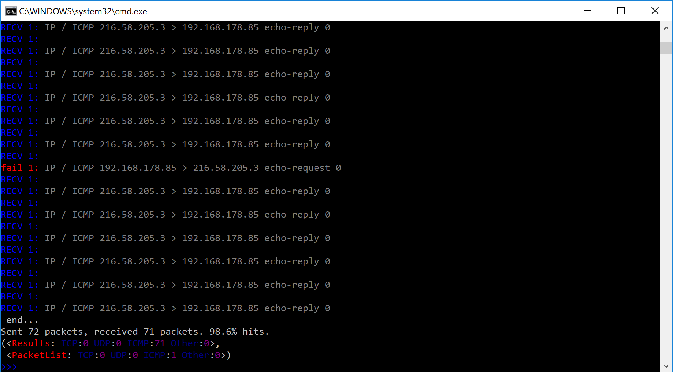
Vpython download 2.7.9 install#
To install a library to be used locally to your machine and to avoid a sudo terminal% pip install -user Running Python 2 If you ever want to get rid of the virtualenv, just delete the special directory it creates terminal% rm -rf venv Then to activate the environment terminal% source venv/bin/activateĪnd when you run python it’ll all be in that environment! When you’re done terminal% deactivate To get your environment setup terminal% cd your_project_directory

I recommend trying the Anaconda distribution of Python. If it’s not there, do this beforehand “pip install –user pipenv” terminal% pipenv # reveals all the optionsġ3/ This is an unlucky numbered step but still a beautiful one if it’s there, and if it’s not do this beforehand: “pip install virtualenv” terminal% virtualenv -version # will give you back a version number if it's there Or you might take Ryan Herr’s advice instead The command pipenv makes you feel a bit like running npm and manages your dependencies from the Requests library.

Then add it to your ~/.profile and source it export PATH="/Users/maeda/Library/Python/3.7/bin:$PATH" # mine looked like thisġ2/ You now have pipenv and virtualenv ready to go from your command line. You’ll first need to do something a bit contorted because virtualenv comes pre-installed with Python 3 terminal% python -m site -user-baseġ1/ Take the results of the user-base directory command and add a /bin to the end. Pip 19.1.1 from /usr/local/lib/python3.7/site-packages/pip (python 3.7)ġ0/ Let’s set up virtual environments so you don’t have to sudo anymore.

Pip 19.1.1 from /usr/local/lib/python2.7/site-packages/pip (python 2.7) Python 2.7.16 (<- This is my version in summer of 2019)Ĩ/ Tack a new path on to your default path in your ~/.login file and source it after you’ve saved the file export Take note there’s two pips now that correspond to the two pythons running and note you’ll get different stuff back probably when you type ‘-V’s terminal% pip2 -V Please reload the page and try again.Ħ/ Panic a little when you realize that Python 2.7 isn’t running on your system, but then recover quickly by re-installing Python 2 terminal% brew install Get a little happy when you realize it’s really there terminal% python2 -version Whoops! There was an error and we couldn't process your subscription. Sign up for the CX Briefing with no more than 2021 characters, zero images, and all in plain-text. Python 3.7.3 (<- This is my version in summer of 2019) I am but a mere Python mortal so if anything I typed below is bad, go to the source posts for the real truth.Ġ/ You may need to install Xcode command line tools to start %terminal xcode-select -installġ/ Install Homebrew terminal% ruby -e "$(curl -fsSL )"Ģ/ Add it to your path by tacking this to the bottom of your ~/.login export PATH="/usr/local/opt/python/libexec/bin:$PATH"ģ/ To ingest that new command, type ‘source ~/.login’ terminal% 'source ~/.login'Ĥ/ Now install Python 3 as both python3 and python (it will become your default) terminal% brew install pythonĥ/ Test out that your Python 3 has been installed by asking what its version is terminal% python3 -version
+How+many+vPython+classes%2Fconstructors+are+here+_____.+(2)+How+many+named+inputs+are+here+_________________..jpg)
The basis for all these instructions are from the Python master at Guide to Python three posts: 1 2 3.
Vpython download 2.7.9 how to#
If you want to run both versions, and you want to remember how to run in protected, virtual environments but you keep forgetting how to do it - this is the guide for you. Even though you might be, like me, tethered to Python 2.7 for some odd reason. For the life of me I’ve installed competing Python environments too many times so I want to get this down in one place so I can come back to it when I inevitably need do this config again.Īssuming you’re in a year sometime in the future when Python 2 is still installed by default on OS X, you’ll want to get Python 3 up and running.


 0 kommentar(er)
0 kommentar(er)
